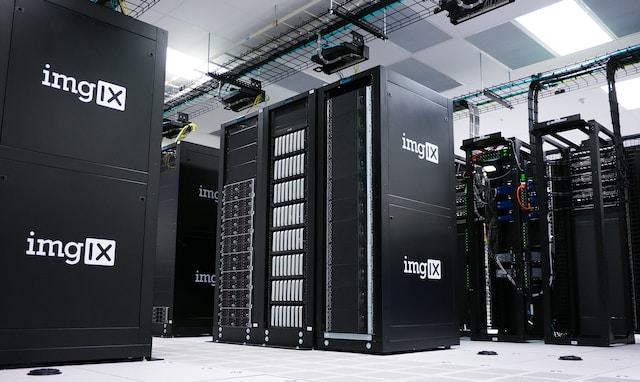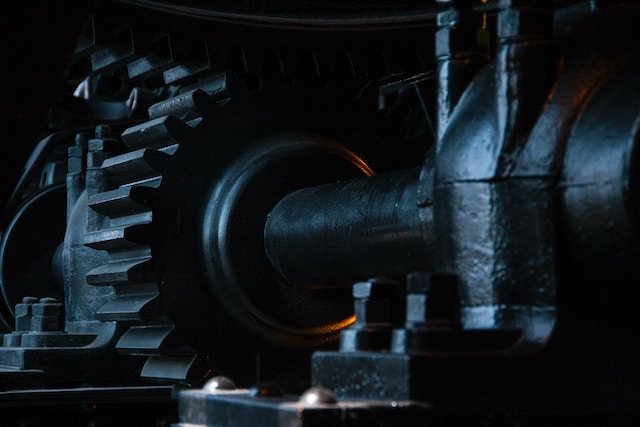An electrical cable, a power cord, links a device to the main electricity supply through an extension cord or wall socket. It is also known as a lead, line cord, or power cable.
The power cord typically has three conductors: a black wire for the hot circuit, a white wire for neutral, and a bare green wire, yellow/green striped wire, or green/yellow striped wire for grounding (earth).
A power cord’s primary function is to transport current between the equipment and the power outlet. A power cord can be used in any electrical device, regardless of whether it requires 110 V or 220 V. Computers, monitors, printers, and servers are common examples.
The C13 plug is commonly associated with power cables with a mains plug (e.g., Type F Schuko) at the other end. It connects to a device with a C14 socket. A C13 to C14 extension cable is also widely used.
This article below will look into a few advantages and uses of the c13 plug.
Uses Of C13 Plugs
Used to Power a PCs

The C13 Power Cord is a computer cable used to power a computer or monitor. This standard PC power cord is connected to the back of your computer or monitor. You can also find a c13 plug at the end of most desktop power supplies. They have three prongs (or pins) on either end of the cord rather than two, commonly called kettle cords.
Used in Data Centers

The emphasis on the power system design of a data center is frequently placed on the power equipment. Indeed, the proper selection of data center power cords affects the cost of the installation and its performance.
In this regard, the c13 power cables are the best choice in data centers because the equipment’s maximum power voltage is the first thing to know when looking for power cords. If connecting multiple devices, you must calculate the total power and then select the connecting plugs accordingly.
Following that is the equipment connector type, which determines the power cord type. The standards for powered equipment connectors and power cords vary by country, and the best power cables that comply with IEC standards are the c13 power cables.
Used in Medical Types of Equipment
The c13 power plugs prevent accidental disconnections of computers, medical, and other critical equipment. They are also ideal for shielding appliances susceptible to vibration or unintentional movement. Notably, since they are suitable for various critical mains-powered appliances that require a reliable power supply, they are suitable for hospital equipment.
Benefits Of C13 Plugs
Have the Appropriate Cord Gauge and Length
The cord’s gauge and length determine an extension cord’s load capacity. Gauge refers to the wire’s size based on its cross-sectional area. American Wire Gauge (AWG) is the standard method of notation in the United States.
A lower AWG number indicates a larger wire size and a higher cord capacity. For instance, 14AWG power cords are thicker than 16AWG power cords and can carry more current than 16AWG cords.
Significantly, cord length, like cord gauge, contributes to the data center power cord’s amperage rating.
Power extension cords can range in length from 2 feet to 30 feet or more but should not exceed 100 feet to avoid power loss and overheating.
In terms of cable length, the longer the cord, the less power it can deliver to connected devices. Use a shorter power cord to reduce power loss, especially when using devices with high amperage ratings.
However, you should use a larger power cord if traveling a long distance. The different c13 power cables fall in the above criteria, thus making them the better option for most appliances.
Are Made of the Proper Conductor Material

The conductor within a power cable serves as the current’s power path. Oxygen-free copper (OFC) and copper-clad aluminum (CCA) dominate the conduct materials market. These conductor materials appear identical but perform differently.
CCA conducts electricity more effectively than pure aluminum power cords but not as well as copper. OFC cords outperform copper-clad or pure aluminum in various ways in the power system application of the data center. Though CCA is less expensive than OFC, it is never wise to sacrifice business continuity and safety for short-term gains.
Has Various Colored Cords, Making It Easier to Trace Wires
Different colored c13 cords are always recommended to make high-density cables easier to organize and maintain. It is an excellent practice to prepare different colors for power or data cords or the main power line from redundant power lines to simplify cable management.
When combined with cable labels, such a design saves the data center manager time tracing data center cables or dealing with unexpected disconnections when moving equipment.
Bottomline
As demonstrated in the article, C13 Power Cords are critical for electrical power distribution in modern societies, and understanding how they work is beneficial. These power cords enable us to do incredible things every day. They are designed for critical applications to prevent accidental disconnection and are available in various global plug configurations.
Notably, choosing the right cord entails learning what sets it apart from other power cords and putting each cord to its proper use. Before selecting a power cord at random, make sure you do your homework.







